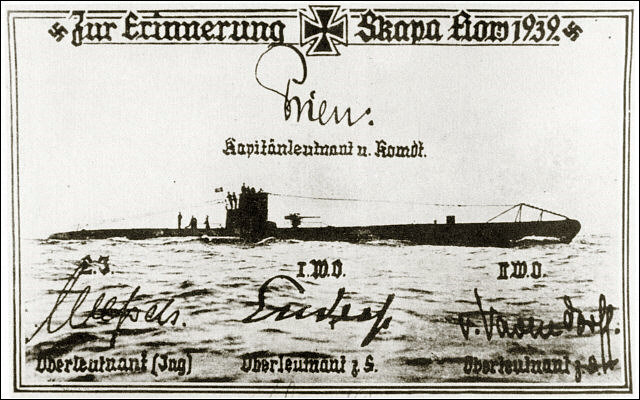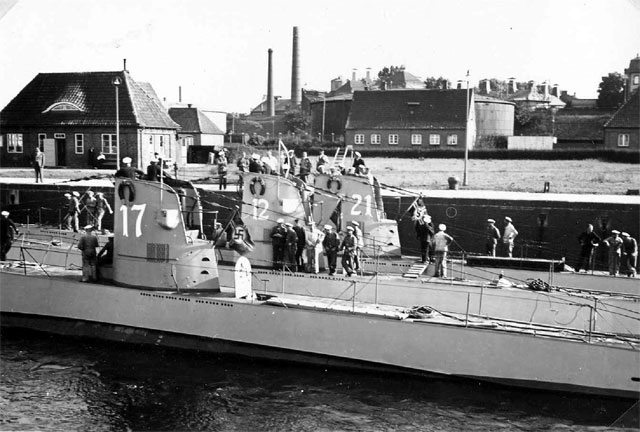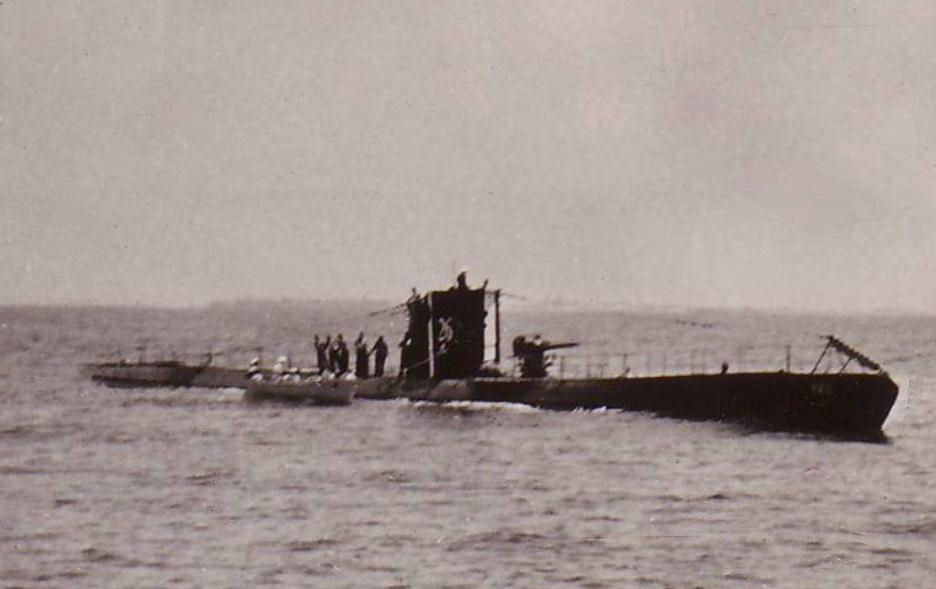HMS BELFAST
Type:
|
Light Cruiser, Town Type III, Edinburgh Class
|
Pennant:
|
C35
|
Displacement:
|
10,260 tons (net)
|
Length:
|
613 feet 6 inches
|
Beam:
|
63 feet 3 inches
|
Draught:
|
17 feet 3 inches
|
Speed:
|
32 knots
|
Laid Down:
|
10th December 1936
|
Launched:
|
17th March 1938
|
Armament:
|
12x6 inch guns; 12x4 inch guns;
16x2 pdr "Pom-Pom" AA guns;
8x0.5 inch Vickers AA guns;
2x3x21inch torpedo tubes;
3xSupremarine Walrus Aircraft
|
Builders:
|
Harland & Wolff, Belfast, Northern Ireland
|
Machinery:
|
4xAdmiralty 3-drum boilers; 4xParsons single reduction turbines SHP 85,000
|
Commissioned:
|
5th August 1939
|
Crew:
|
850
|
Sister ships:
|
Edinburgh
|
1939
After commissioning, Belfast joined the Home Fleet. Dad was with her from
before her commissioning and oversaw the installation
and testing of her ASDIC
equipment. Dad recalled that, when on patrol in the Northern approaches,
heavy ice
would accumulate on the superstucture of the Belfast, and they would have to go
out onto the slippery,
and rolling decks, in the bitter cold,
to chip it away. During these
patrols they also captured two merchant ships on the same day, the
Cap Norte
, just north of Iceland, and the
Tai Yin.

The Belfast was based at Scapa
Flow when the German submarine
U-47
slipped in and sank the battleship
Royal Oak
, on the night of October 13th.
U-47 was, at one point, actually heading directly towards HMS Belfast, but
turned away before making visual contact with her. George witnessed the
explosions
from Royal Oak and described them as looking like a fireworks display.

Just before 11:00am on the morning of November 21, during gunnery practice in
the Firth of Forth, Belfast activated a German magnetic mine, believed to have
been set by the submarine
U-21
a few days earlier, breaking her keel,
flooding her centre section, distorting the hull, knocking out her main
engines and injuring 21 of her crew. After being towed to port and inspected
it was determined that her back had been broken, requiring extensive repair.

Ironically, while serving on board the destroyer HMS Hero, in the Mediterranean
during the Spanish Civil War, dad photographed the German Submarine U-26 (the
picture above). The commander on board, Werner Hartmann, was later to command
U-21 when, in the Firth of Forth, it laid the magnetic mines which damaged the
cruiser Belfast. One of the crew members was Gunther Prien who later commanded
U-47 when it sank the Royal Oak at Scapa Flow and almost discovered the Belfast.
Dad recalled being tossed against the ceiling after Belfast, lifted by the
explosion, settled back into the water. He received a cut through one eyebrow
while others were severely injured by falling equipment, paint and oil drums
etc. The following photograph was taken by one of dad's friends as Belfast was
being towed back to port after this incident.
1939
Following temporary repairs at Rosyth and a rebuild at Devonport, she was
recommissioned in 1942. Belfast spent much of the next year or so on Russian
convoys. It was during one of these operations in December 1942 that she played
a major part in the sinking of the German battlecruiser Scharnhorst.
In 1945 Belfast underwent further modification but was too late to participate
in the war with Japan. She did, however, participate in the Korean war in
1950-52, later being placed in reserve status. In 1971 the government agreed to
release her for preservation as a museum.
|



